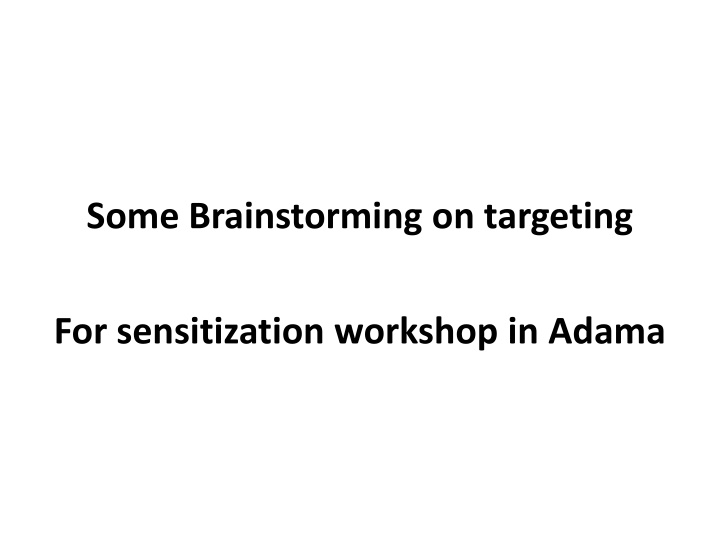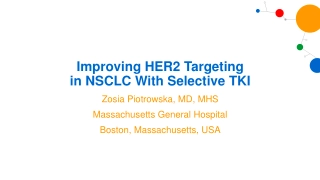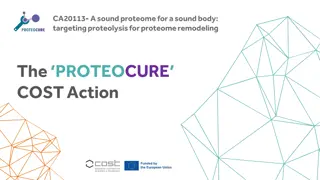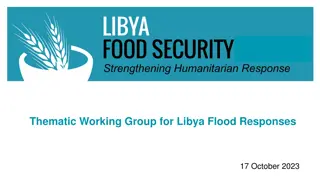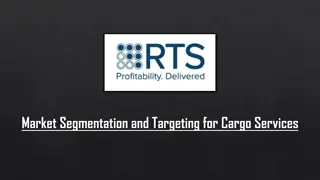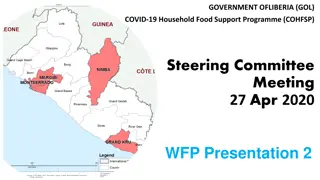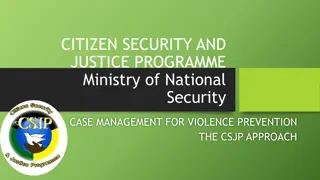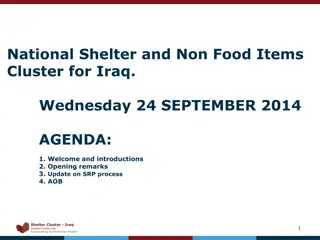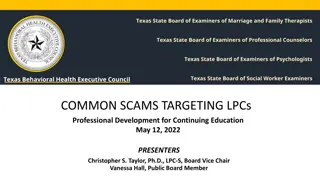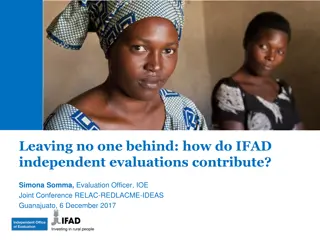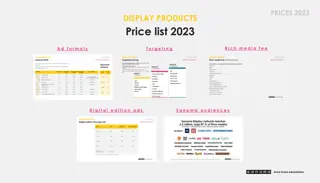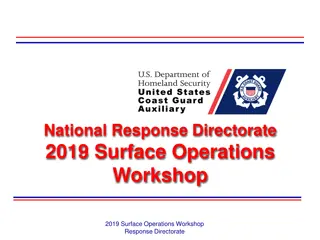Targeting for Effective Workshop in Adama
Selecting specific target farmers and areas is crucial for project success. Learn why certain farmers are chosen, which areas are suitable, and the importance of correct targeting to avoid negative consequences. Understand the impact of errors in targeting and the key insights gained from past experiences.
Uploaded on Mar 21, 2025 | 2 Views
Download Presentation

Please find below an Image/Link to download the presentation.
The content on the website is provided AS IS for your information and personal use only. It may not be sold, licensed, or shared on other websites without obtaining consent from the author.If you encounter any issues during the download, it is possible that the publisher has removed the file from their server.
You are allowed to download the files provided on this website for personal or commercial use, subject to the condition that they are used lawfully. All files are the property of their respective owners.
The content on the website is provided AS IS for your information and personal use only. It may not be sold, licensed, or shared on other websites without obtaining consent from the author.
E N D
Presentation Transcript
Some Brainstorming on targeting For sensitization workshop in Adama
Why we select specific target farmers/ areas for project implementation?? To achieve project objective (income increment through horticulture production) For better resource limitation (manpower, finance, tim3 logistic) To be more focused and improve monitoring Get maximum result from given effort Develop good model with evidence which can be convincing and scaled up by regular extension
Which areas are more appropriate as target for SHEP approach implementation??? Why Accessible for better follow up by project and C/Ps Have functional Irrigation scheme Not arid food insecure areas Do not have other similar projects No severe history of horticulture pest/ disease in recent years.
Which type of farmers is more appropriate targets for SHEP approach??? why??? Ideal farmers Average farmers who can cover their production cost (not expecting from project) Those who want to improve their income through horticulture production. Those who want to make some efforts to improve their income (not waiting for external assistance ) Those who have some experience in horticulture production and marketing
What did we learn from the three years targeting??? Majority with low experience on horticulture Horticulture is not main income source for some Expectation for some assistance from project (scheme maintenance, seed, tools, allowance) Farmers with limited resource to invest on horticulture production Farmers with fluctuating attendance for continuous trainings
Some error of targeting Errors of inclusion and exclusion : Inclusion inappropriate farmers/areas as targets Exclusion of appropriate farmers/areas.
Consequences of wrong targeting May not achieve intended project objective May lead to misallocation of resources (time, money, etc) May lead to frustration for implementers which also affect motivation of implementers May discourage donors who want to support the sector We may not avoid errors in targeting altogether , but we should try our best to minimize errors and identify the better target farmers to achieve better result
